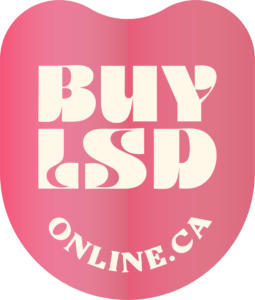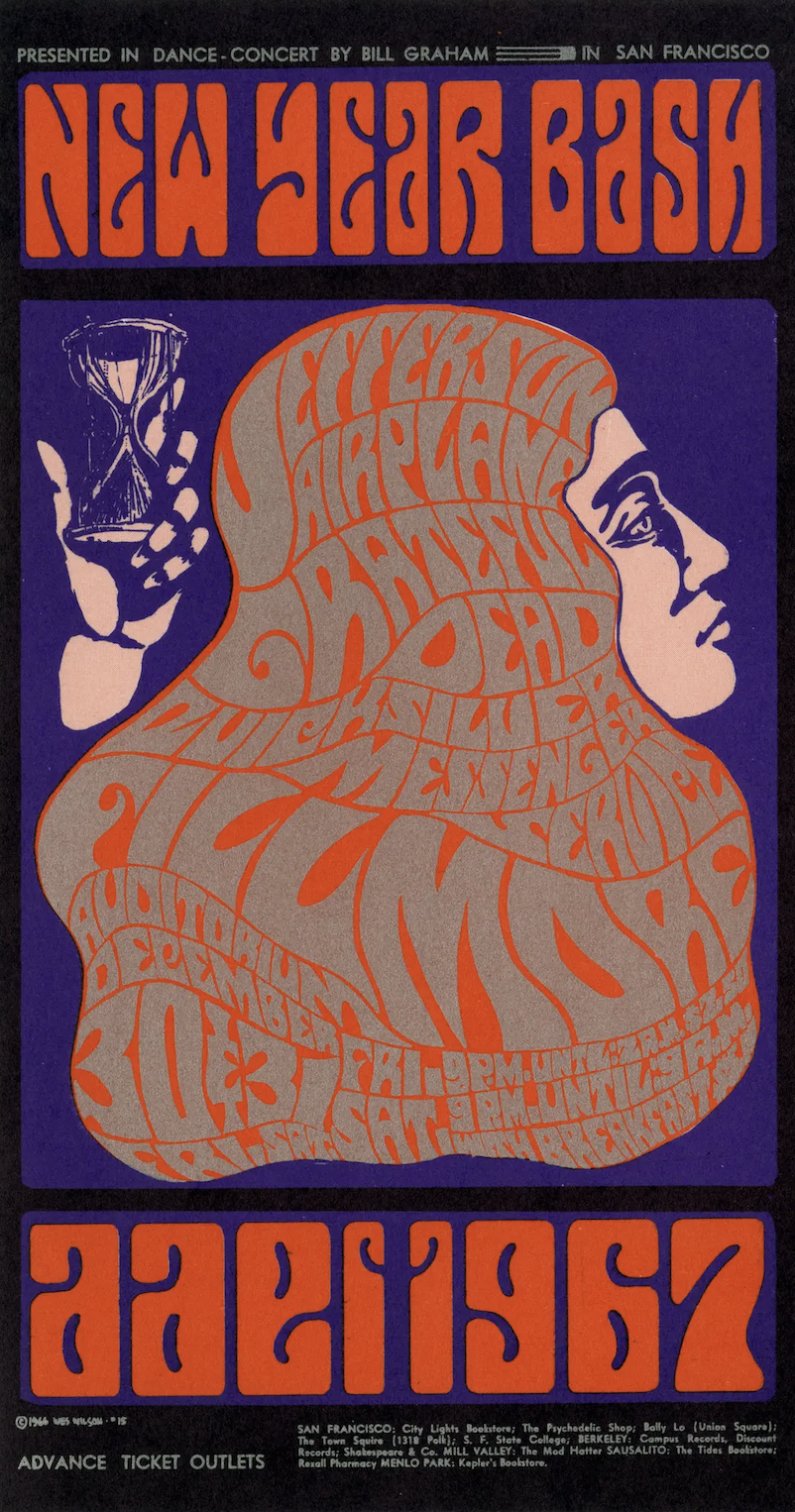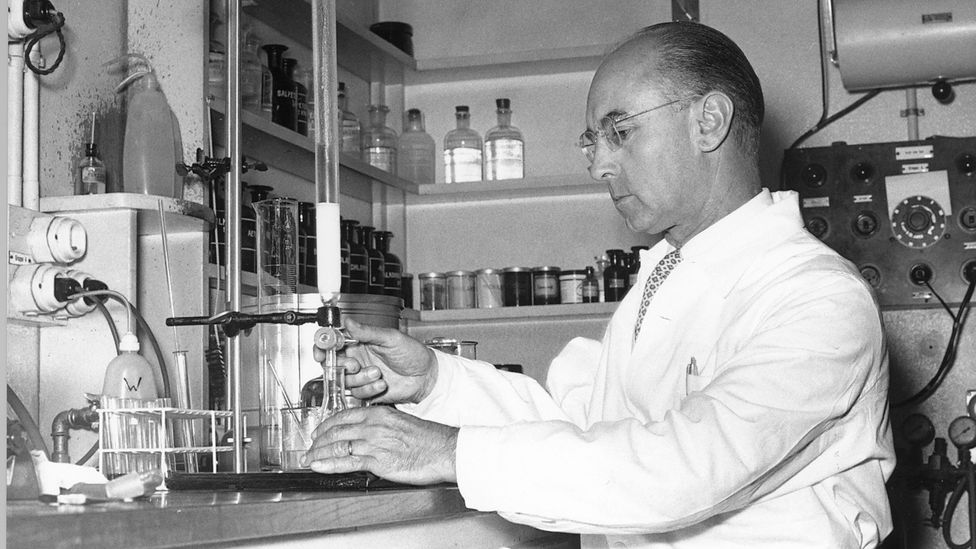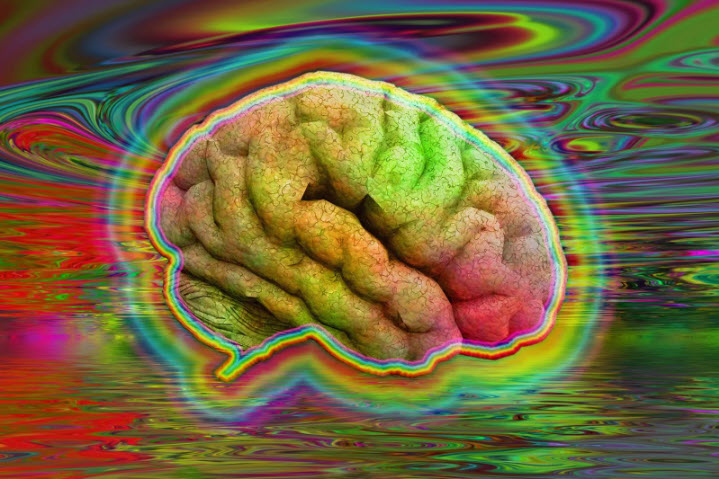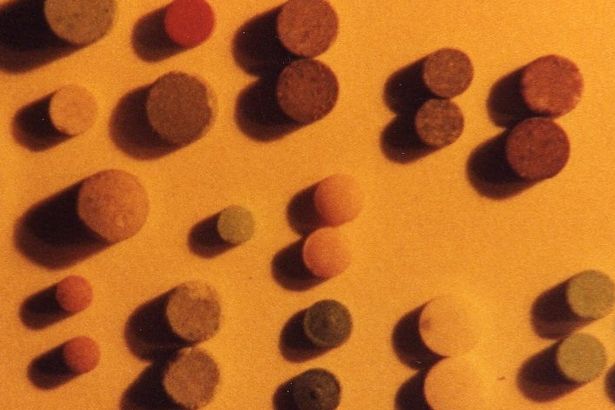Psychedelic art refers to a style of visual art that emerged in the 1960s and was associated with the counterculture movement and the use of psychedelic drugs such as LSD, mescaline, and psilocybin. The term “psychedelic” comes from the Greek words “psyche,” meaning “mind,” and “deloun,” meaning “to reveal,” and reflects the belief that these drugs could reveal a deeper truth about the nature of reality. The origins of psychedelic art can be traced back to the 1950s and the Beat Generation, a group of writers and poets who were interested in exploring altered states of consciousness and alternative forms […]
Read moreAlbert Hofmann, the Father of LSD
Albert Hofmann was a Swiss chemist who is best known for discovering the psychedelic effects of lysergic acid diethylamide (LSD). He was born on January 11, 1906, in Baden, Switzerland, and died on April 29, 2008, in Burg im Leimental, Switzerland, at the age of 102. Hofmann studied chemistry at the University of Zurich, where he earned his PhD in 1929. After completing his studies, he began working as a research chemist at the pharmaceutical company Sandoz Laboratories in Basel, Switzerland. It was during his work at Sandoz that Hofmann discovered the psychoactive properties of LSD. In 1938, Hofmann synthesized […]
Read moreLSD: Criminality of Consciousness
Lysergic Acid Diethylamide, also known as LSD is a hallucinogenic drug. Hallucinogenic drugs alter reality for the user, affecting what the person sees, hears or feels. When the brain is in a hallucinogenic state it is most open to suggestion and biological changes, the brain in this state becomes more neuroplastic. Neuroplasticity is the ability for the brain to alter its response procedures and open up new pathways for thought and reaction; offering the potential to rewire anxious/ruminative thoughts, depressive tendencies, trauma responses, and substance dependencies. In the 1950s the CIA thought to use LSD in an attempt at mind […]
Read moreHere Comes the Sun: A Brief History of LSD “Orange Sunshine”
In the late 1960s, a small group of hippies embarked on a mission to produce enough LSD to hopefully turn on the entire world. They chose a small farm house in a town called Windsor just 60 miles north of San Francisco in the Sonoma Valley to set up their clandestine lab. Within a few months this special place was able to produce roughly 3 pounds of LSD, or equivalent of 4.5 million hits. It became one of the iconic drugs of the late 1960s, nicknamed “Orange Sunshine” because of the orange-coloured barrel-shaped pill form that it came in. It […]
Read more